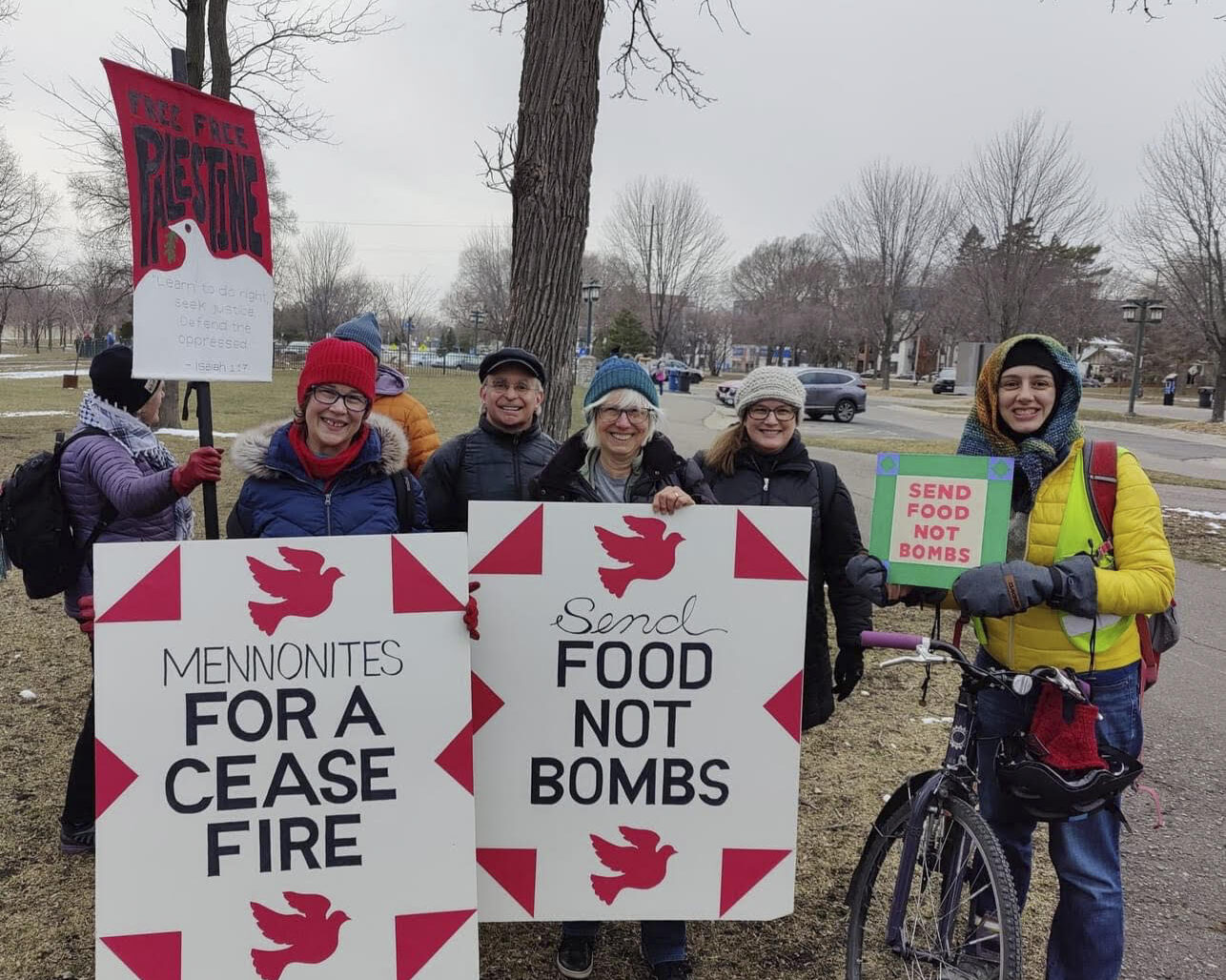 BY LARA NORKUS-CRAMPTON A recent report from the Minnesota Pollution Control Agency (MPCA) makes a strong case that much more municipal solid waste could be recycled and composted. Commissioner John Stine made eloquent statements about the quantity of recyclable and compostable materials that were being inappropriately shipped to landfills. Not one word about incinerators, as per usual for the MPCA.
BY LARA NORKUS-CRAMPTON A recent report from the Minnesota Pollution Control Agency (MPCA) makes a strong case that much more municipal solid waste could be recycled and composted. Commissioner John Stine made eloquent statements about the quantity of recyclable and compostable materials that were being inappropriately shipped to landfills. Not one word about incinerators, as per usual for the MPCA.
But buried in the report is analysis of the refuse material being shipped to landfills AND incinerators. For this study, it was the Elk River “Resource Recovery” Facility, i.e., Garbage Incinerator.
http://www.pca.state.mn.us/index.php/view-document.html?gid=20102
In Appendix B on page 51 (although the pages in this part of the document are not listed), is an itemized list of the percentage of components that make up the refuse going to the Elk River burner. The list of components includes:
Paper:
24.3%
Plastics:
17.8%
Organics:
33.9%
Metal:
5.9%
Percentage of total refuse:
81.9%
To be more accurate in determining what could actually be diverted from burners or landfills, we will subtract components under these headings that are categorized as “not recyclable” by the MPCA or the City of Minneapolis:
http://www.ci.minneapolis.mn.us/solidwaste/recycling/solidwaste_recycling
Non-Recyclable Paper:
1.5%
Non-Recyclable Plastics:
7.2%
Plastic Bags:
1.3%
Polystyrene:
10.0%
Using the MPCA’s figures, we can calculate some ballpark numbers.
Approximate percentage of refuse going to the Elk River Incinerator that is recyclable/compostable: 71.9%.
Annual Quantity of Waste going to Elk River, as reported by the MPCA (page 22): 243,896 tons (488 million pounds).
Approximate Annual Quantity that could be Recycled or Composted using the MPCA figure of 71.9%: 175,361 tons (351 million pounds).
The MPCA says that these percentages hold up across the state. Using the same potential waste diversion rate of 71.9% for Hennepin Energy Resource Center (HERC)—at the current capacity of 1,000 tons per day, or 365,000 tons (730 million pounds) per year, the approximate annual quantity that could be recycled or composted would be 262,435 tons (525 million pounds) per year!
Unfortunately, the Minneap-olis recycling rate has been consistently below 20%. Now with Single Sort, a new recycling coordinator and apparently a new commitment to recycling on the part of the city, it seems like there should be plenty of room for improvement on the recycling/-composting/Zero Waste front before we should even be thinking about getting locked into incinerating more of these valuable resources at HERC, as proposed by Covanta, the name under which HERC operates.
As concluded by the MPCA in the press release: http://www.pca.state.mn.us/index.php/about-mpca/mpca-news/featured-stories/demographics-of-garbage.html
Treating waste as a resource benefits both our environment and our economy. Recycling creates jobs: Approximately 37,000 jobs in our state are directly or indirectly supported by the industry. These jobs pay almost $2 billion in wages and add nearly $8.5 billion to Minnesota’s economy. The data from this study will be used to target recyclable materials that are being thrown away in large quantities …
Recycling generates profit. Our recyclable material has tremendous economic value. In 2010, Minnesota recycling programs collected approximately 2.5 million tons of material worth $690 million. Not recycling costs money: Another 1.2 million tons of recyclable material was thrown away but could easily have been recycled for an additional estimated value of $285 million. Instead, it cost Minnesota more than $200 million to throw it away into landfills.
What does it cost Minneapolis to burn these resources at HERC? It is always difficult to get hard numbers regarding the HERC tipping fees using the Minneapolis or Hennepin County websites. A 2013 report published by Ramsey County lists the “published rate” of the Mixed Solid Waste tipping fee at HERC as $60 per ton but the “contracted rate” as $47 per ton. If even the lowest number is accurate, then we are talking about spending millions of dollars to transform over a hundred thousand tons of valuable recyclables into toxic emissions and toxic ash—rather than selling them as recyclable commodities for millions of dollars! And this math doesn’t even take into account the public health costs, both personal and financial, to all of the downwind people.
This brings us to the latest news flash from the World Health Organization (WHO), the public health arm of the United Nations. According to the findings from the WHO International Agency for Research on Cancer (IARC): Air pollution causes cancer. They specifically cited lung cancer and bladder cancer.
A growing number of scientists have complained that studying toxic substances in isolation doesn’t capture the real picture. Our bodies experience an onslaught of substances that become more toxic together than they are in isolation, as in a laboratory. As the American Cancer Society explained, “…this is the first time it [the World Health Organization] has classified outdoor air pollution—as a whole—as a carcinogen. It also classified another major component of outdoor air pollution—called particulate matter—as a carcinogen on its own …” Toxic air pollutants and nano-particulates are well known to come from garbage incinerators. Quoting one of the lead researchers, “Outdoor air pollution is not only a major environmental risk to health in general, it is the most important environmental cancer killer due to the large number of people exposed.”
Making the very air we breathe a more potent carcinogen as a way to deal with a trash problem should be unthinkable. Hopefully our new incoming City Council members will be willing to re-do the math around this debacle called HERC and work to end a very unhealthy era of so-called “waste management.”
Editor’s Note: The biggest supporter on the county board of increasing the burning of garbage downtown is South Minneapolis commissioner Peter McLaughlin. He represents the Phillips/-Powderhorn area, which is affected by the toxic ash and dioxins that are the fallout from the garbage burner. He is up for re-election in 2014 and will be seeking the DFL endorsement.
Ed Felien






















